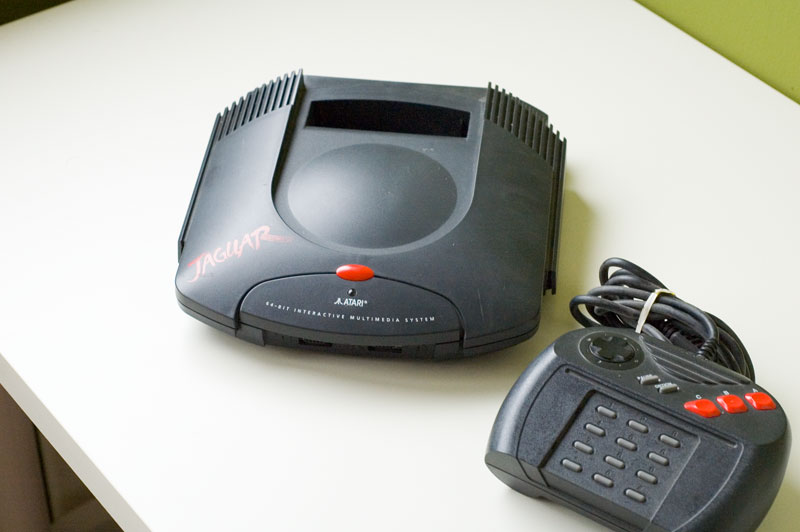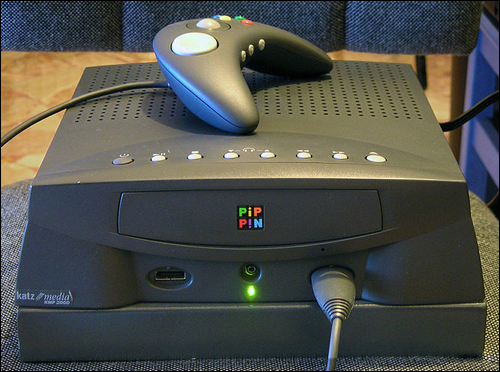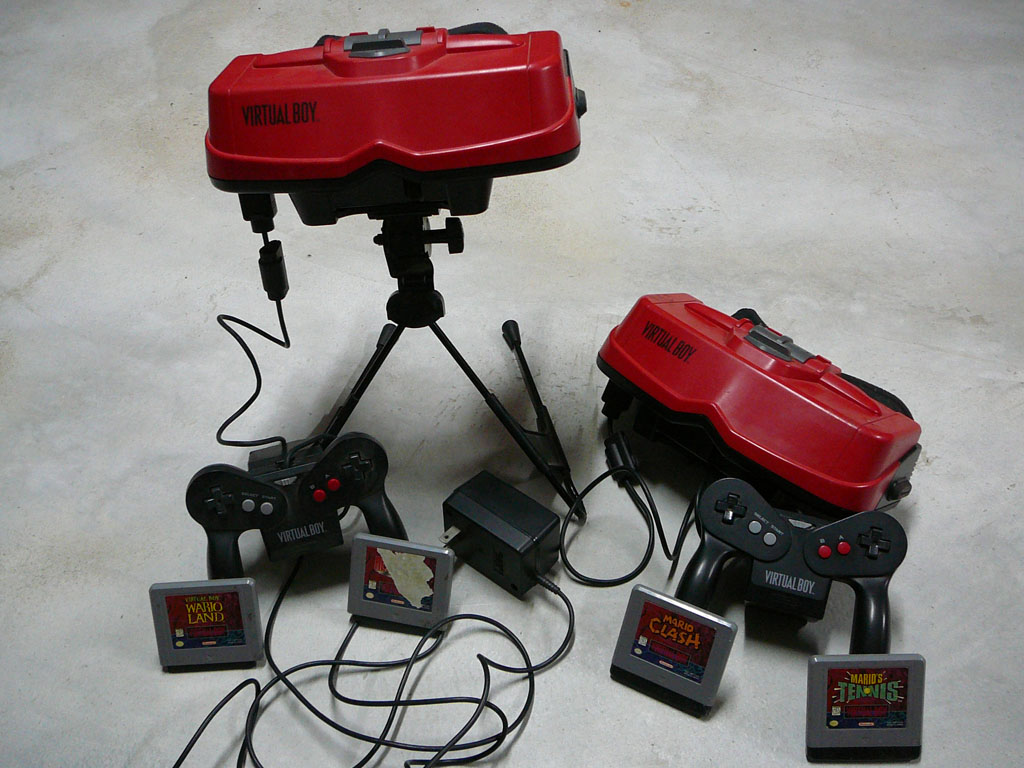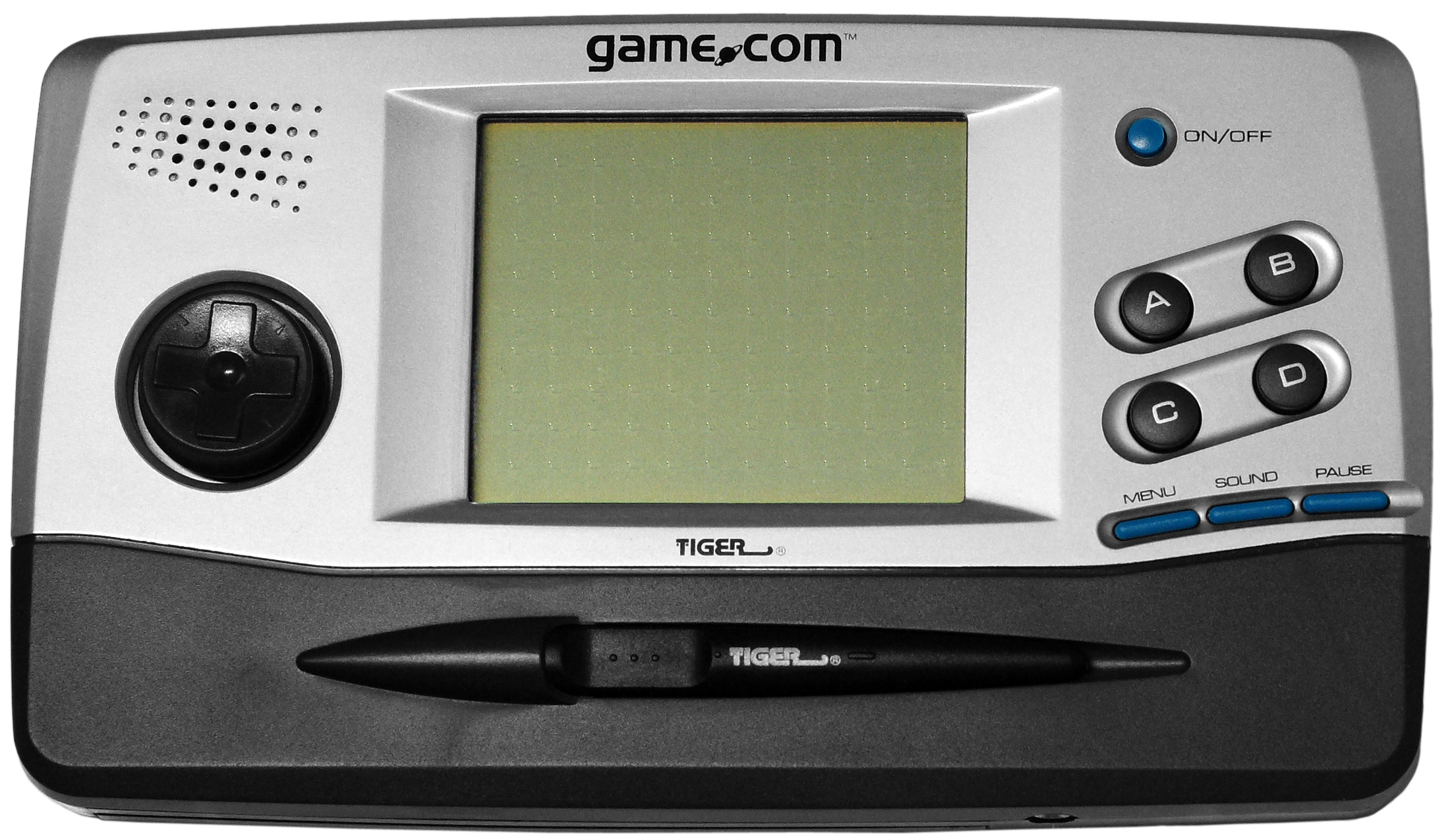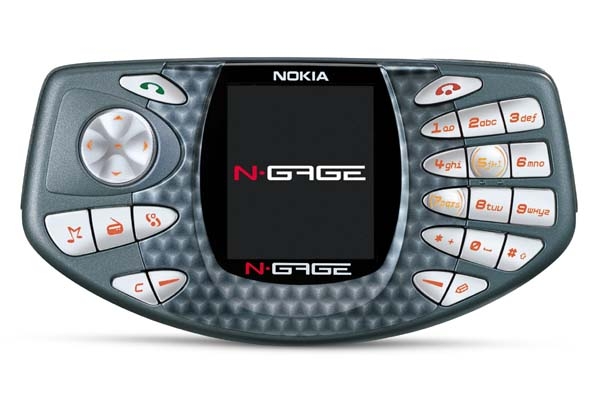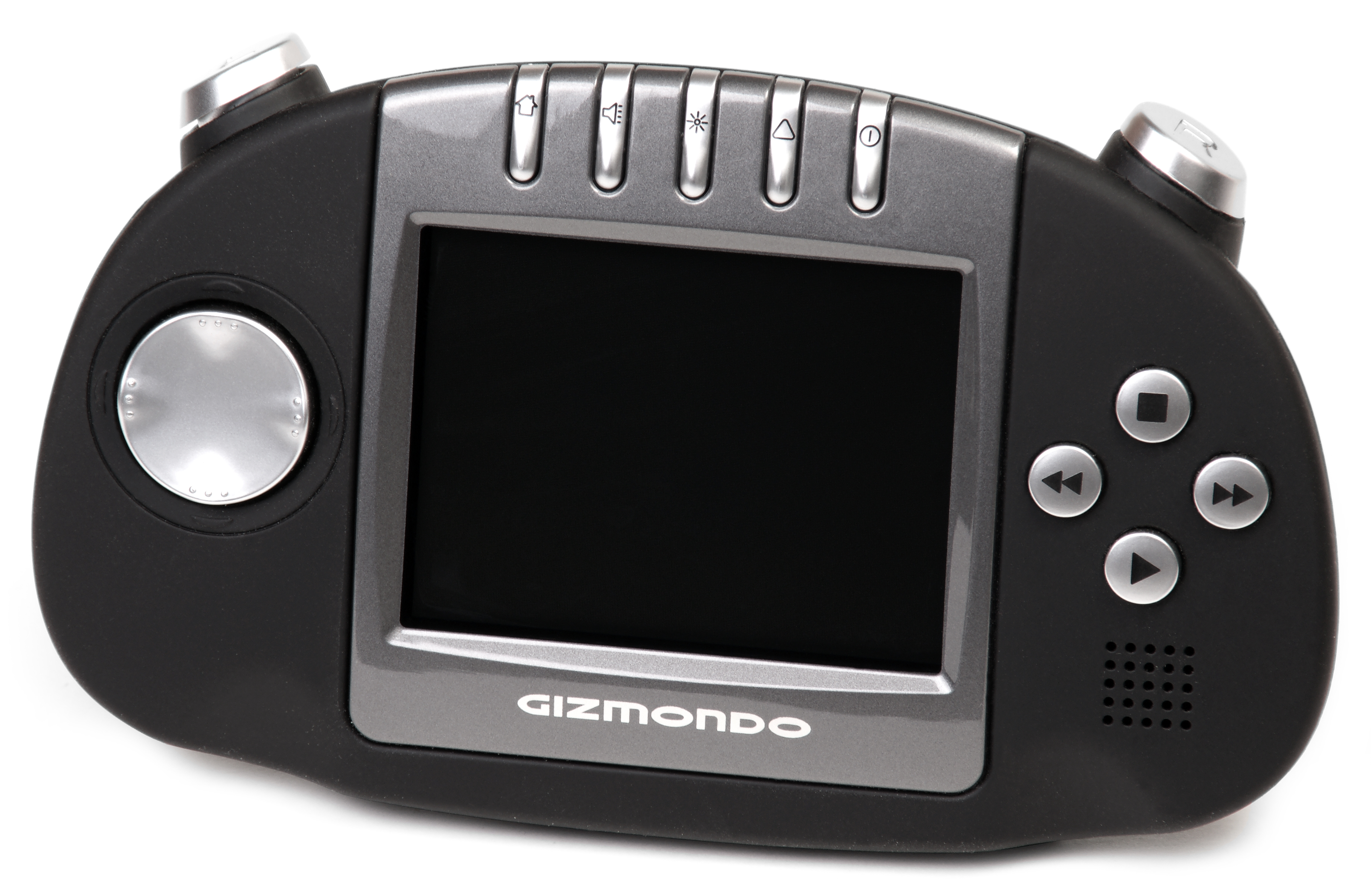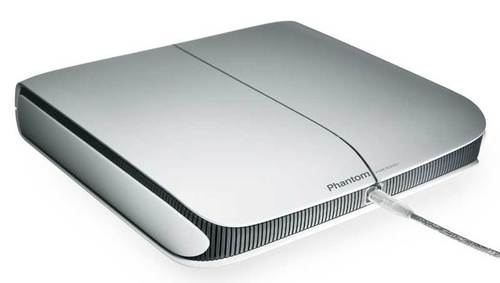21 Consoles And Handhelds That Crashed And Burned
3DO (1993)
Specifications of the FZ-1, the console's first version; other versions are relatively similar
CPU: ARM60 (12.5 MHz, 32-bit), floating-point coprocessor, and 32 KB SRAM cache
RAM: 2 MB
VRAM: 1 MB
GPU: Two video processors (Clio and Madam) capable of 24-bit color and a 640x480 resolution
Games: CD-ROM
Consoles sold
5 million
Year production ended
1996
Reasons for failure
Get Tom's Hardware's best news and in-depth reviews, straight to your inbox.
A poor business model that required money to be made on the console itself, and not only on the games. The result was a launch price ($700) that was too high. The 3DO Company couldn't get enough developer support to offer an interesting catalog. It didn't help that the market at the time was saturated by Nintendo and Sega.
Atari Jaguar (1993)
Specifications
CPU: Motorola 68000 (13.295 MHz, 16/32-bit)
RAM: 2 MB
GPU: Tom (32-bit ARM processor with 64-bit ALU, 26.59 MHz) and Jerry (identical to Tom, but partly dedicated to signal processing and not only graphics calculation)
Games: Cartridges, 6 MB or less
Consoles sold
Fewer than 250 000
Year production ended
1996 saw the end of the Jaguar, which was to be the last American console until the Xbox in 2001.
Reasons for failure
There were too few games beyond Alien vs. Predator and Tempest 2000 to attract a broader audience. The control pad was poorly designed. And a fault in the processor’s memory controller made development on the platform more complicated, compounding an already difficult environment for ISVs.
Pioneer LaserActive (1993)
It’s impossible to list off this console's technical specifications because the details are confusing and most of them seemingly secret. Pioneer's effort was a media player, first and foremost, compatible with 540 MB LaserActive LD-ROM games. Unfortunately, the catalog was only 10-games long at launch, and a $970 price tag was ludicrous (that's before considering inflation, even). At least it takes the honor of being the second-most expensive gaming console in history behind RDI's Halcyon, which also used LaserDiscs and sold for $2500 in 1985 (the equivalent of about $5300 today).
The LaserActive also had options for playing MegaDrive and PC Engine games via separately-available units. But the cost of the add-ons was so high that it made more sense to simply buy the original console or a more modern device. Approximately 10 000 LaserActive units were sold.
Apple Bandai Pippin (1995)
Specifications
CPU: PowerPC 603 66 MHz
RAM: 5 MB memory, shared with the GPU
ROM: 3 MB, containing a version of Apple's System 7.5.2 GUI-based OS
GPU: “Tacos” (640x480, 16-bit)
Games: CD-ROM
Consoles sold
42 000
Year production ended
1997
Reasons for failure
Despite the message coming from Bandai and Apple that the Pippin was an affordable, living-room version of a Macintosh Classic, the machine was thought of as a console. By then, the PlayStation, Nintendo 64, and Saturn had saturated the market, making Apple's price appear too high. Unfortunately, the Pippin's game catalog was ridiculously sparse; at launch, the U.S. version contained only 18 titles. The Japanese version had fewer than 80.
Nintendo Virtual Boy (1995)
Specifications
CPU: NEC V810 (20 MHz, 32-bit)
Memory: 128 KB of VRAM and 128 KB of DRAM
Display: Two red monochrome displays, 384x224, 50.2 Hz
Games: 16 KB cartridges
Consoles sold
770 000
Year production ended
1996
Reasons for failure
The first virtual reality console for the general public was supposed to be difficult for Nintendo's competition to copy. But the Virtual Boy turned out to be fairly expensive, despite its use of red LEDs to reduce costs and circumvent performance problems. The Virtual Boy's potential audience was limited by the fact Nintendo only marketed it in Japan and the U.S.
In the US, the rental system Nintendo set up was interesting. You could try the console out at home for just $10. But the display’s limited colors and the Virtual Boy's meager game catalog (22 titles during its entire lifespan) put an end to this approach, since very few rentals turned into purchases.
The system also had a tendency to cause nausea and headaches, probably due to the monochrome display and uncomfortable headphones.
Tiger Game.com (1997)
Specifications
CPU: Sharp SM8521 (8-bit)
Display: Diagonal measurement: 3.5 inches, Resolution: 200x160, Black-and-white, with four levels of gray.
Games: Two slots for cartridges (one for the games, the other for a 14.4 Kb/s modem)
Consoles sold
Fewer than 300 000
Year production ended
2000
Reasons for failure
The Game.com was the first handheld console with a touchscreen, Internet connectivity, and the ability accommodate two cartridges at a time. The touchscreen wasn't the advantage it might sound like today because it was very imprecise (a 12x16 grille over the display), and an absence of backlighting made it illegible. A poorly-designed interface was overshadowed by the lack of non-volatile memory, which meant saved content was vulnerable.
Despite a fairly young audience, the Game.com's catalog wasn't targeted very well. Its flagship titles were Wheel of Fortune, Sonic and Duke Nukem. Alas, the platform was largely ignored by the press and Tiger's very sarcastic marketing only served to handicap its popularity.
Neo Geo Pocket Color (1999)
Specifications
CPU: Toshiba TLCS900H (6.144 MHz, 16-bit)
RAM: 12 KB for the 900H
ROM: 64 KB
Display: 160x152, 146 colors out of 4096
Games: 4 MB cartridge with 512 KB to 2 MB of flash memory
Consoles sold
2 million (including the Neo Geo Pocket)
Year production ended
2001
Reasons for failure
A lack of communication between third-party developers and SNK's management led to a shortage of games and, ultimately, the console’s failure. The display was not backlit, and it required very good ambient light to be legible. In addition, the use of cardboard boxes for the games as a money-saving measure contributed to creating the image of a poor-quality platform. Ultimately, the console was greatly outsold by the Game Boy Color, the Pokemon phenomenon, and the Game Boy Advance.
N-Gage (2003)
Specifications
CPU: ARM4T (104 MHz)
ROM: Symbian OS 6.1
Display: 176x208, 4096 colors
Games: MMC cards
Consoles sold
3 million (all versions combined)
Year production ended
2004 (end of the N-Gage), 2005 (end of the N-Gage QD), 2007 (end of the mobile platforms), 2010 (end of services)
Reasons for failure
Its taco-shaped design was very unpopular, and the numerous buttons for telephone functionality made it inconvenient to use. On top of its layout issues, theconsole was too expensive and its catalog was too skimpy. The few games that were successful (Pocket Kingdom: Own the World and Pathway to Glory) were not compelling enough to draw in gamers, most of whom stayed away.
Gizmondo (2005)
Specifications
CPU: Samsung ARM9 (400 MHz)
RAM: 128 MB DDR (16-bit)
ROM: 64 MB
GPU: GoForce 3D 4500 (1.2 MB, 128-bit SRAM)
Games: MMC or SD cards
Number of consoles sold
Fewer than 30 000
Year production ended
2006
Reasons for failure
This one is the story of a console that had everything going for it, but very poor corporate management guiding it. The sordid adventures of Stefan Eriksson and Carl Freer resulted in the shutdown of Tiger Telematics and the console was pulled from the market.
Tiger's Gizmondo also had problems with sales due to its pathetic catalog. There was only one game to accompany the British release (Trailblazer) and eight for the American launch. It also had only eight sales outlets in the entire U.S. Goodies like high-performance chips, GPS (which often didn't work), GPRS, SMS, MMS and Bluetooth were not enough, and sales remained very low.
The Phantom
A story about failed consoles just wouldn't be complete without The Phantom, one of the most famous examples of vaporware. A prototype was introduced at E3 back in 2004. It could run PC games downloaded from the Web, and it used neither cartridges nor disks. Infinium Labs, the company behind the project, recruited more than 200 engineers, including one of the pioneers of DirectX, Ty Graham, to work on the console.
The rest of the operation was not as carefully planned. Infinium Labs didn't make the necessary licensing and distribution agreements for running games on its console. The launch date, originally set for November 2004, kept getting pushed back until the console simply disappeared from the manufacturer’s Web site without fanfare two years later. Reportedly, Infinium Labs wasn’t able to get the necessary financing together. The company and its CEO were investigated for financial fraud.
-
suture kryzzayHahha N-Gage that wasn't that bad I think. I knew quite a few people that had one.Reply
True facts, i had one for years, hek i still have it, but the battery's dead.
My first "smartphone" with serious multitasking.
I could listen to radio, have msn running, and play worms ONLINE simultaneusly
Well the drawback, everyone maked fun of me when i was on the phone =D
-
I would say the PSVITA is a bit of a troll - comparing the sales of a handheld that is essentially new vs. the 3DS which has been around now for at least 4 or 5 years now - however it seems to be a foregone conclusion that handheld consoles in general are dying and Sony is fighting a losing battle with this one. That said, the PSVITA really is a very, very nice handheld. I was quite impressed with the graphics and speed when I played with one but like most people I doubt I'd actually buy one.Reply
-
Nintendo Maniac 64 ReplyI would say the PSVITA is a bit of a troll - comparing the sales of a handheld that is essentially new vs. the 3DS which has been around now for at least 4 or 5 years now
3DS has only been around for just under 2 years... -
Orion1024 What...no NUON? That's one of the biggest failures in gaming history (but one of the favorites in my collection). It's not strictly a console, but games were a major selling point. Jaguar was a decent system with some great games that rarely get mentioned, like Rayman or Power Drive Rally. The only real stinker in this list (from what I've owned) is the Game.com. It's OS would crash frequently and the games sucked. However, the final revision of this handheld was smaller and did feature a built-in LED light for the screen...FWIW.Reply

